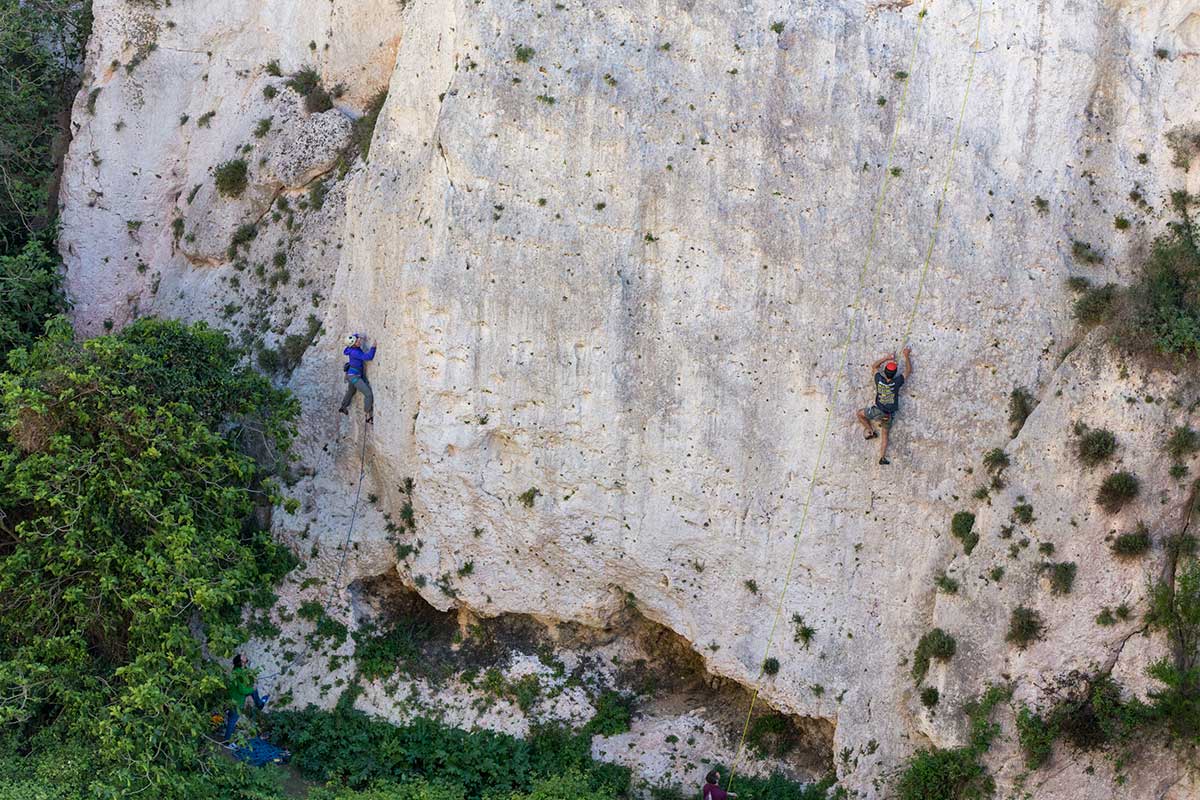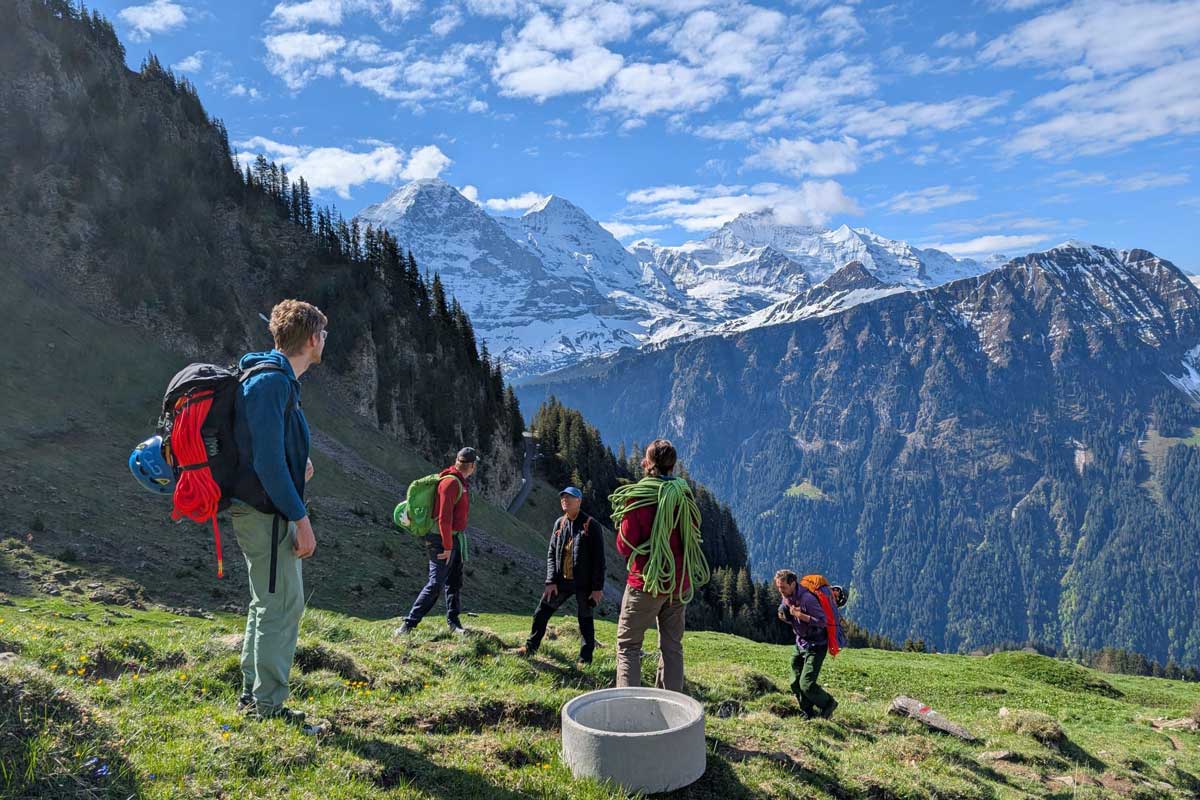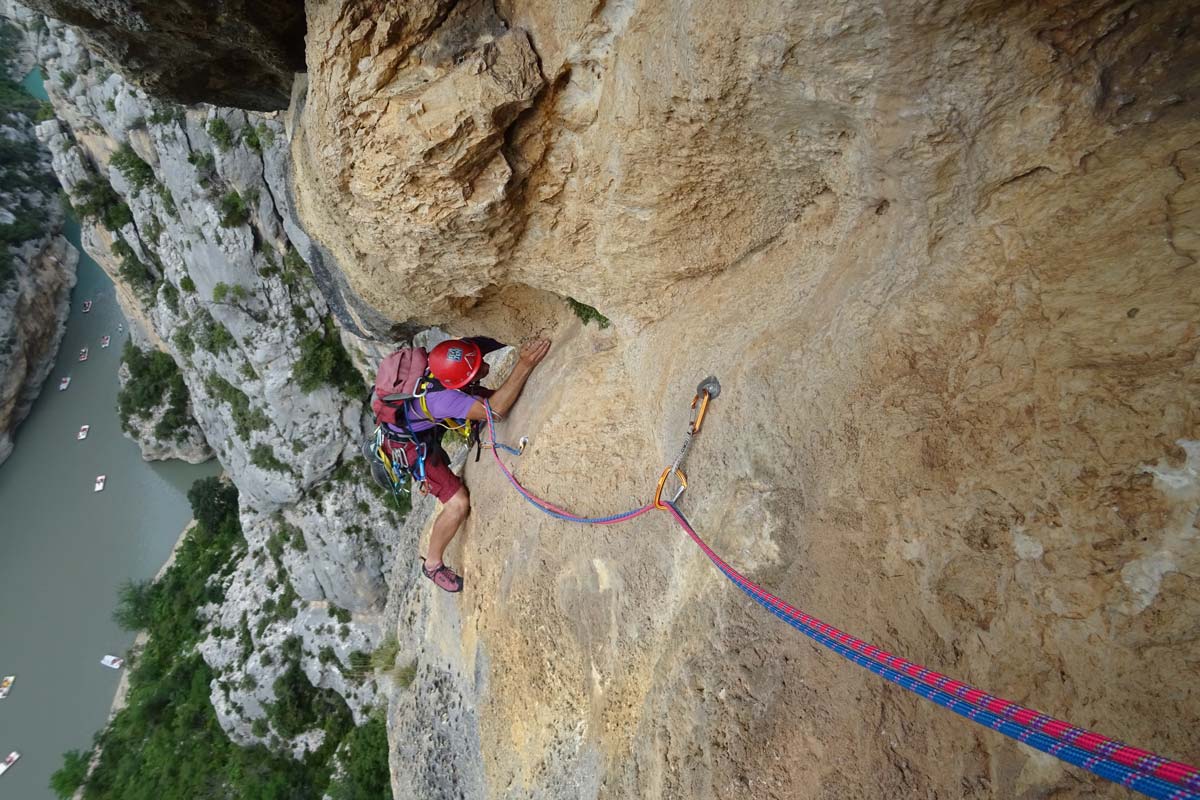A dedicated guide and programme for rock climbers – Adjunct Compensatory Training – has been created, spearheaded by UIAA Medical Commission corresponding member Volker Schoeffl as well as the worldwide trainer expertise of Dicki (Ludwig) Korb and Patrick Matros (Kraftfactory). The programme is sponsored by Adidas Terrex, and is available free here – www.act.clinic – to all climbers.
The ACT programme consists of two sections. The first, the general section, focuses on preventative exercises especially for climbers and the second, the specific section, defines the adjunct and extra exercises which you can do as an injured climber, in addition to surgical or conservative medical therapy.
Please note that this publication is independent from the UIAA. For the UIAA’s own advice on climber safety (including gear and equipment requirements) please visit the following page. The UIAA MedCom’s extensive resources can be found here.
The following introduction to the Guide comes from the ACT team:
Adjunct Compensatory Training focuses on training the neglected muscle slings and innervation patterns within their specific range of motion, building up posture and core strength as well as balancing the athletic build of the body. The ACT concept was inspired by our long-time cooperation with high-level athletes. We combine our sports-medical and trainings-methodical knowledge to effectively prevent injuries and overstrain. Volker Schöffl, as the MD in the group, analyses the body from a sports-medical and biomechanical point of view. With his vast knowledge of climbing injuries (Volker Schöffl, Thomas Hochholzer, Sam Lightner Jr. “One Move Too Many”) and as a highly active avid climber, he understands why certain conditions could and do lead to injuries in the long-term. Dicki and Patrick are world-renowned climbing trainers and coaches. Coming from a top-level climbing background themselves, they focus on climbing-specific training (“Gimme Kraft”, “Kraftfactory”) and biomechanical analysis of climbing. Weaknesses in certain climbers which can be reduced through specific and adjunct training are frequently revealed by the biomechanical aspects. Combining our two fields of expertise, we have collaborated to create Adjunct Compensatory Training, which aims to rebuild neglected range of motion in muscle slings and to improve neuromuscular innervation patterns. Thus, it will help you to better withstand specific climbing training and reduce injury and the risk of overexertion. The ACT concept was born in 2015 and has been consistently developed further within our group since then. In our daily work with both elite athletes and “normal” climbers, we perpetually evaluated, restructured and remodelled our exercises, structuring and fine-tuning a program which we find most effective.
The exercises comprising the general section are based on our biomechanical analysis of climbing movements, as well as climbers’ posture, build and the causes of chronic injuries over time. This collection should be an adjunct program, completed in addition to your normal training at least twice per week. One session takes approximately 20 minutes and you should choose one or two exercises per focus from the collection. It´s your decision whether you want to do this before or after a climbing session or separately on your well deserved “rest day”. Alternatively, you can choose from the exemplary circuits of exercises and just follow these.
The exercises included in the specific section are designed to help your therapy in the case of an injury or overstrain. These exercises are not intended to substitute a doctor’s evaluation but outline what you can do to help the healing process. It is important to remember in general and especially after surgery that you need to consult your responsible physician before proceeding; just take this booklet along and speak with her or him. Thus, the second section of the ACT program has been developed for certain injuries and focuses on the specific aspects of ACT which are relevant to these injuries. It is possible to add some exercises from the general ACT, but again, especially after surgery, consult with your treating physician regarding which exercises are allowed at which stage in the rehabilitation process. The specific section helps to answer a question often asked by injured climbers: what can I do to recover? How can I supplement my rehab in addition to what the doctor or physiotherapist does? Here is the answer: ACT.
We want you to enjoy your climbing as much as we do ours. This should be injury-free and without negative consequences in your future life. Of course we can’t eliminate the sudden onset of a trauma, but we definitely think that we can decrease the likelihood of trauma and the onset of chronic conditions together through ACT. There’s only one factor which we can’t influence: you have to do your ACT, we can’t do that for you!
For more comprehensive medical information on climbing-specific conditions, we refer to “One Move Too Many” (Volker Schöffl, Thomas Hochholzer, Sam Lightner Jr., Sharp End publishing, Boulder, CO, USA), the German edition ”Soweit die Hände greifen” or the various other translations. For purely strength-related training, we refer to “Gimme Kraft” (Patrick Matros, Ludwig (Dicki) Korb, Café Kraft GmbH). This book here is intended as the bridge between those two ends of the spectrum of training for climbing.




